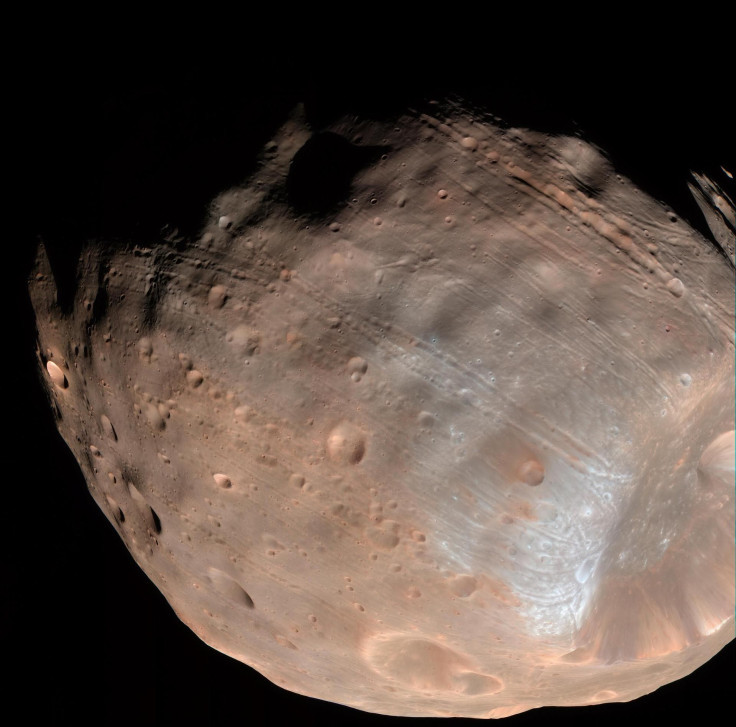Japan Heading To Mars’ Moon Phobos For Sample-Return Mission

KEY POINTS
- JAXA will launch a mission to Mars' moon
- The MMX mission will collect samples from Phobos
- Samples from Phobos will provide clues regarding Mars' formation
Japan is currently preparing for a new mission that would involve visiting Mars’ moon Phobos. Aside from exploring the Red Planet’s natural satellite, Japan also plans to bring back samples from Phobos to Earth.
The upcoming mission is known as the Martian Moon Exploration (MMX). It is currently being handled by the Japan Aerospace Exploration Agency (JAXA).
According to JAXA, MMX became an official project last week after all parameters of the expedition were determined. As an official project of Japan’s space agency, scientists involved in the MMX will now focus on developing the programs and new technologies that will be used to explore Phobos.
“The mission was previously in the Pre-Project phase, where the focus was on research and analysis, such as simulating landings to improve spacecraft design,” JAXA said in a statement. “The focus will now move onto the development of mission hardware and software.”
JAXA plans to officially launch MMX sometime in 2024. The agency expects the mission to reach Mars’ orbit in 2025. Once it has reached the Red Planet’s neighborhood, the MMX spacecraft will visit the moons Phobos and Deimos. According to JAXA, the mission will only collect samples from Phobos.
After carrying out its mission, the MMX spacecraft will then return to Earth to deliver the samples taken from the Red Planet’s moon. These samples will most likely be analyzed in top laboratories in different parts of the world.
As noted by JAXA, studying the composition of Phobos will provide valuable information regarding its formation and the history of Mars. Since it is believed that Phobos and Deimos were after a large cosmic body collided with the Red Planet, the moon might have physical characteristics that are similar to those of the Red Planet during its formation.
“Observing the moons will therefore provide information on the evolution of the Martian surface,” JAXA explained. “Moreover, if the moons were formed during a collision between Mars and gigantic asteroids, the moon material will reveal the original conditions on Mars during this early time, offering insights into the planet's formation and its young environment.”
© Copyright IBTimes 2025. All rights reserved.





















